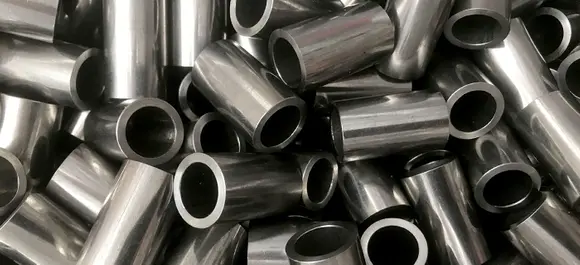Mobile:+86-311-808-126-83
Email:info@ydcastings.com
Durable Composite End Caps for Enhanced Protection and Performance in Various Applications
The Importance and Applications of Composite End Caps
Composite materials have gained significant traction in various industries due to their excellent strength-to-weight ratio, durability, and resistance to corrosion. Among the myriad of applications for composite materials, composite end caps have emerged as vital components in different sectors. These end caps serve essential functions in enhancing the performance and longevity of a wide array of products. This article explores the significance, manufacturing process, and applications of composite end caps.
What Are Composite End Caps?
Composite end caps are protective covers made from composite materials, which typically consist of a combination of polymer resins reinforced with fibers like glass, carbon, or aramid. These end caps are designed to provide closure at the ends of a cylindrical or tubular structure, ensuring that the contents are safeguarded from environmental factors and mechanical damage. With the advent of advanced manufacturing techniques such as resin transfer molding and filament winding, composite end caps have become more accessible and are increasingly being adopted in various industries.
Significance of Composite End Caps
1. Lightweight and Durable One of the most significant advantages of composite end caps is their lightweight nature. Unlike traditional metal end caps, composite options reduce overall weight, which is particularly crucial in aerospace and automotive applications. Additionally, they can withstand a considerable amount of stress and pressure, making them suitable for high-performance environments.
2. Corrosion Resistance Composite materials are inherently resistant to corrosion, which is a critical factor in industries such as marine and chemical processing. Composite end caps prevent rust and degradation over time, ensuring that equipment maintains its integrity and performance.
3. Thermal Stability Composite end caps can endure extreme temperatures without losing their shape or functionality. This property is crucial in applications involving hot or cold substances, where metal components would typically struggle.
4. Customizability Composite end caps can be tailored to specific sizes and shapes to meet the unique requirements of different applications. This capability enables manufacturers to create specialized parts for various end-user needs.
Manufacturing Process
composite end caps

The production of composite end caps generally involves several key steps
1. Material Selection The initial step is selecting the appropriate composite materials, which can vary based on the application's requirements, including mechanical stress, temperature, and environmental exposure.
2. Molding The selected composite materials are shaped into end caps through various molding techniques. Common methods include resin transfer molding (RTM) and compression molding, both of which allow for efficient mass production.
3. Curing After molding, the composite materials undergo a curing process, during which heat and pressure are applied to ensure proper bonding of the fibers and resin, resulting in a sturdy final product.
4. Finishing Finally, the composite end caps are finished by trimming excess material, sanding, and applying any necessary coatings for aesthetic or functional purposes.
Applications of Composite End Caps
Composite end caps are increasingly used across multiple sectors due to their advantageous properties. Some notable applications include
- Aerospace In the aerospace industry, composite end caps help reduce weight while providing essential protection for fuel tanks and other critical components. - Oil and Gas These end caps are employed in pipelines and storage tanks, where they safeguard against leaks and environmental hazards. - Transportation In both automotive and rail sectors, composite end caps are used in lightweight vehicle structures, enhancing fuel efficiency and performance. - Construction Composite end caps serve as covers for hollow structural elements, reinforcing safety and stability in architectural applications.
Conclusion
In conclusion, composite end caps play a crucial role in a wide range of industries, offering benefits that enhance performance and durability. As technology advances and material science continues to evolve, the adoption of composite materials in manufacturing will only increase. Industries seeking to optimize their products should consider the integration of composite end caps for improved efficiency and longevity. Embracing these innovative solutions not only improves product reliability but also contributes to a more sustainable manufacturing future.
-
Understanding Metal Casting TechniquesNewsApr.02,2025
-
Understanding Exhaust Manifolds for Enhanced Engine PerformanceNewsApr.02,2025
-
The World of Metal FabricationNewsApr.02,2025
-
Key Components for Pump and Turbo EfficiencyNewsApr.02,2025
-
Essential Tools for Automotive Maintenance and RepairNewsApr.02,2025
-
Durable Valve Components for Effective Water ManagementNewsApr.02,2025











